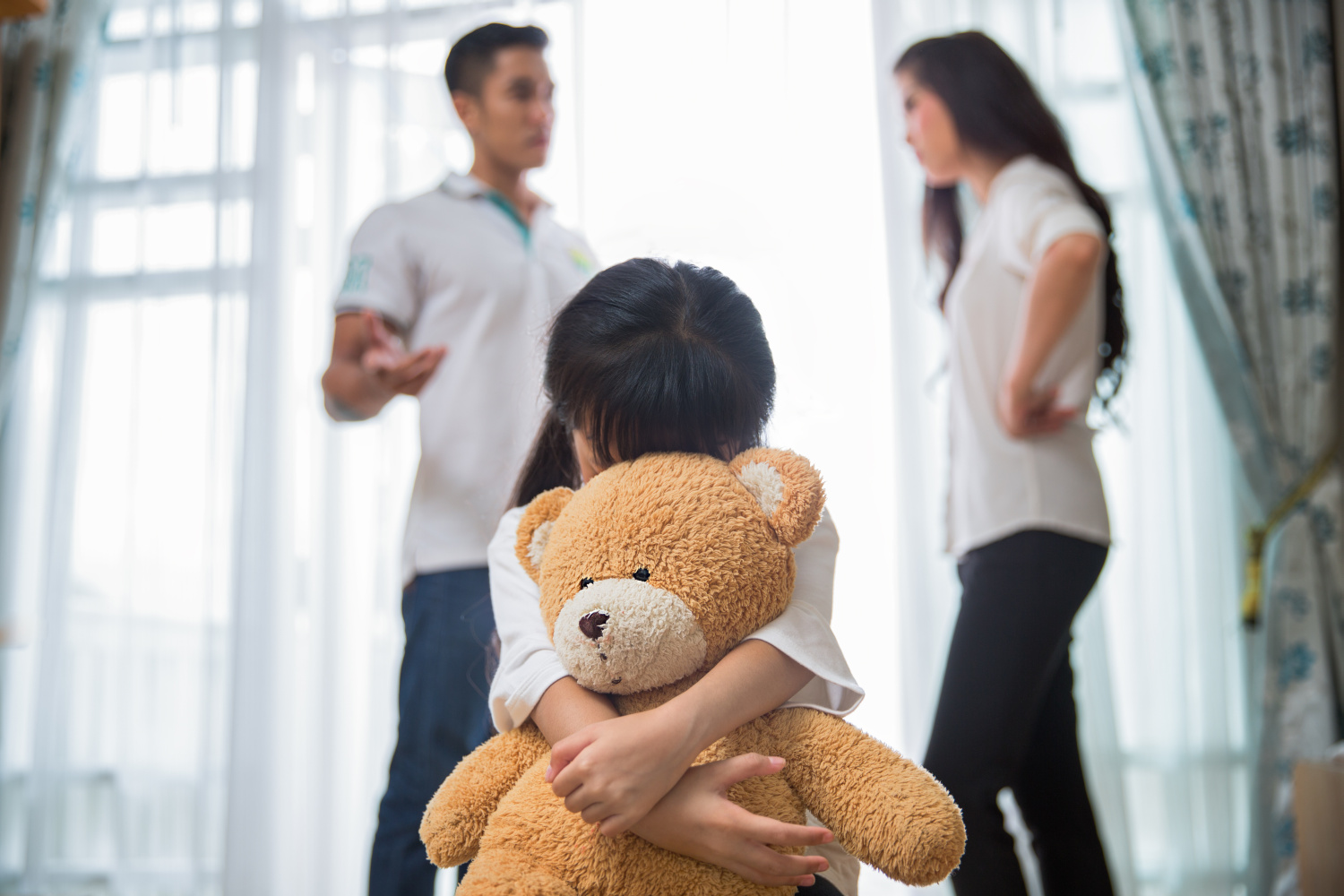Children’s Responses to Parental Conflict in Separation

Through its prevalence and inherent risks, parental separation may fairly be regarded as a public health issue for children.
WHY THIS TOPIC MATTERS
The re-structuring of family life necessitated by separation and divorce involves multiple and complex adjustments for children. Often these combine to elevate risks of poor childhood outcomes across psychological, social, health and academic domains, reaching through to adulthood. Ongoing parenting conflict after separation and divorce further increases the nature and magnitude of developmental risk for children. The way in which family law practitioners intervene in parenting disputes can make a difference to family adjustment and children’s outcomes.
RESPONDING TO PARENTS’ SEPARATION
Separation and divorce for many children represents the collapse of a vital, archetypal structure in their world and in their experience of who they are. For infants and preschoolers separation brings substantial complexity. It is their ‘developmental response’ as much as their emotional response that concerns current researchers. Infants (even from a few weeks of age) recognise and react to parents’ distress, and to overt conflict between their parents.
Disruptions to primary attachment and patterns of care brought about by separation can de-stabilise important segments of an infant’s developmental pathway. Ongoing, inflammatory and poorly-contained conflict between parents can be developmentally overwhelming for the infant. Parents need to be supported to manage these risks, to continue to provide a nurturing, steady presence within developmentally appropriate care arrangements that evolve at the infant’s developmental pace.
DEVELOPMENTAL RISKS OF SEPARATION
- Marital conflict and separation and divorce create risks for all children, and higher risk for those already vulnerable through other factors.
- Unresolved parental conflict and diminished emotional availability impact children’s psychological growth.
- Children and adolescents of divorced families are more likely to experience greater economic, social and health difficulties through childhood and early adulthood (for example, more likely to use alcohol, cigarettes and drugs; to give birth as a teenager; to drop out of school early; to receive psychological treatment; and to have earlier marriages, with increased propensity to divorce).
- Co-parenting conflict is a significant predictor of ongoing distress for adolescents and adolescent antisocial behaviour (McIntosh, 2003).
TYPE OF CONFLICT THAT DAMAGES
High conflict typically includes significant levels of anger and distrust, verbal conflict, poor communication and cooperation over parenting, an ongoing negative attitude to the ex-partner or -spouse, lack of support for children’s relationships with their other parent, covert and overt hostility, allegations about the ex-partner’s behaviour and parenting practices, litigation and re-litigation. Frequent, intense, threatening or poorly-resolved conflict between parents poses the greatest risks to children.
HOW DOES CONFLICT IMPACT CHILDREN?
- Children’s development is profoundly influenced by the quality of their caregiving relationships.
- Children soak up their parents’ conflict by directly witnessing it and by bearing the brunt of how the conflict impacts their parents’ emotional availability.
- The developmental tasks most vulnerable to ‘stressed’ parenting are the establishment of core trust, the development of attachment, regulating emotions, beliefs about oneself, understanding the social world, and learning (Crockenberg & Langrock, 2001).
- Children who witness intense/frequent marital discord exhibit higher levels of emotional and physiological reactivity, associated with poor outcomes. For example, children of conflicted separation are more susceptible to stress-related health problems (Fabricius & Luecken, 2007).
- In the case of domestic violence, a single exposure to parental violence can result in trauma.
MANAGING THE RISKS
- Children’s distress is diminished as a direct function of whether separation conflicts are resolved, and the degree of resolution.
- Parental warmth, supportive and responsive caretaking and overall ’emotional scaffolding’ of the child play vital roles in buffering the impact of conflict, as does an environment that reduces daily stress for the child, through consistency of rules, routines and expectations within the household, and quality of parental monitoring.
- When parent conflict post separation is low, increased father involvement appears to be associated with better child outcome (Medina et al., 2000; Finkelhor & Kendall-Tackett, 1997).
CHILDREN’S ADJUSTMENT
An important current issue facing practitioners, courts and policymakers is whether shared physical parenting can be beneficial to children when there is high parent conflict. Transitions between warring parents unable to conceal their feelings require children to use considerable energy to ensure their emotional safety, actively and constantly monitoring their allegiances, loyalties and the general ’emotional weather’ they encounter in each parent’s home. The potential developmental difficulties for infants and young children who do this on an ongoing basis may be far reaching. The presence of active and unresolved conflict may require a cautious approach to shared arrangements, and significant support to enable parents to build and maintain the necessary foundations for substantially shared co-parenting.
Jennifer McIntosh
Clinical Child and Family Psychologist Director, Family Transitions Adj. Associate Professor, La Trobe University
